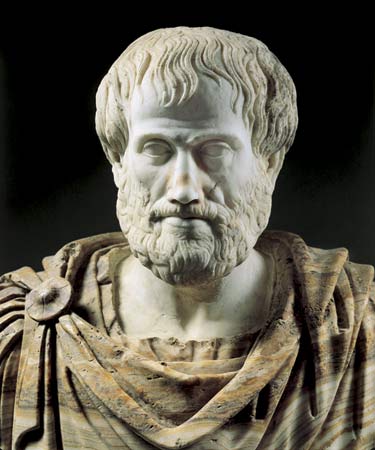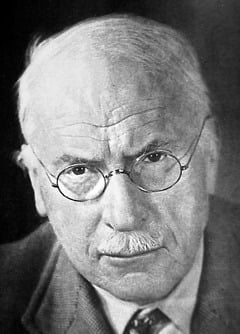
Early observations of personality differences
Through his practice, the Ancient Greek physician Hippocrates observed a pattern of personality differences, and developed the first known personality model: The Four Temperaments.

His idea was that people tended to embody one of four primary tendencies, and that each type had a naturally different behavioral style based on the excess or lack of certain body fluids:
- Sanguine (blood)
- Choleric (yellow bile)
- Melancholic (black bile)
- Phelmatic (phlegm)
While he was incorrect about the biological causes of these personality differences, Hippocrates’ descriptions of the types themselves have stood the test of time and profoundly influenced the personality theories that came later.
Since then, many philosophers and psychologists have tried to tackle this problem, turning their gut-level feelings about personality into their own models.

Philosophers like Aristotle, Galen, and Kant further developed the four temperament theory and related them to the forces of fire, earth, air, and water (or hot, dry, cold, and wet).

In the 20th century, psychologists like Carl Jung and William Moulton Marston developed the archetypes that inspired the 16-personality model and the DISC assessment, respectively.

Models like 16-personality, DISC, Enneagram, and Big Five have now given us a common language to accurately describe our personality differences, but we have not had a way to explain the causes of those differences until very recently.
Over the past two decades, brain imaging technology and molecular genetics have advanced to the point where we can now learn about the underlying biological causes of personality differences.
This new field is called personality neuroscience, and it is being pioneered by people like Colin DeYoung and Philip Corr.
In the next post, we'll start digging into the goals and methods of personality neuroscience.







